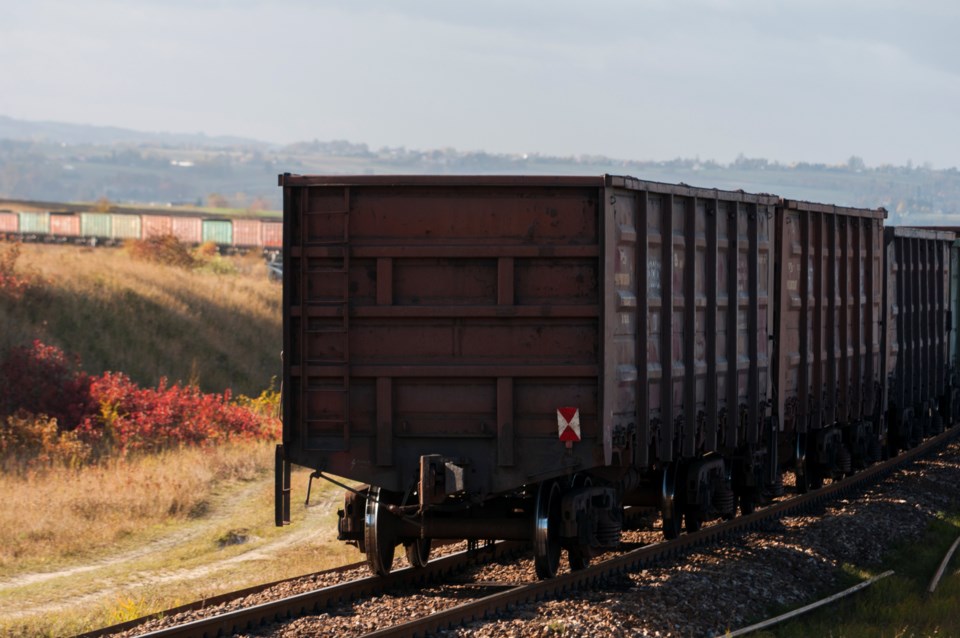The disaster prevented grain, fuel, coal and other commodities from reaching Vancouver’s rail yards and port.
But within two weeks of the initial crisis, both national railways had resumed service, hailed as an exceptional feat of effort and organization.
“I’ve had first-hand accounts of the before and after of our highway system, our road networks and of that rail network that was, I thought, unfixable,” said Doug Mills, senior account representative of trade and development at Vancouver Fraser Port Authority.
“It was not only just done, it was done in such a short amount of time. I think the Army Corps of Engineers would blush.”
Mills joined Mike Merson, superintendent of network operations at Canadian National Railway, and Jarad Farmer, managing director of sales at Canadian Pacific Railway, during a Dec. 16 webinar hosted by the Western Canadian Wheat Growers Association.
Both railroads experienced significant washouts, mudslides and debris, which resulted in infrastructure losses throughout several subdivisions: Ashcroft and Yale for CN and Thompson and Cascade for CP.
Merson said the CN track was primarily affected by the TransCanada Highway that runs above it for most of the route. When it came loose, water washed out the tracks below.
Both companies mobilized workforces and contractors to remove and repair compromised track structures. That included shoring up or rebuilding long stretches of track bed and subgrade.
“Our efforts in the canyon have been extensive and, specifically at this location, unprecedented,” said Merson.
“We went to great efforts to challenge ourselves and our geotechnical teams on how to restore this railway given the mountain on one side and the Fraser River on the other. But to their credit, within two weeks, they had restored it and we were back running safely and effectively thereafter.”
Farmer said CP crews moved 150,000 cubic yards of material to rebuild damaged areas using more than 80 pieces of heavy equipment and hundreds of employees and contractors.
The crisis created partnerships and co-operation between the provincial highways department and the rail companies, which sped up recovery efforts.
“We were actually back in service on the 21st of November, running in a single direction with both CN and CP on the same track. And then we were back running full directional with CN running as well on Dec. 6,” said Farmer.
To date, Merson said all available grain orders have resumed. However, he doesn’t expect rail traffic to fully recover until early 2022.
Use of the port at Prince Rupert in northern B.C. helped alleviate the Vancouver backlog. This year’s drought-reduced crop also lowered the grain volumes typically moved to ports.
“We’re focusing on the grain that still needs to move,” said Farmer. “We’re working with the grain companies now to move the right grain to the right vessels.”
Webinar participants asked about the quality of the rebuilt infrastructure and whether it will withstand a similar weather event.
“I think we showed the resilience, really, given the magnitude of that event never seen before in a lifetime,” Farmer said, though he agreed more analysis of the situation is needed.
“Are there things we need to do given changing weather and the changing environment to harden the supply chain? I don’t know what those answers are, but those conversations are starting to take place.”




